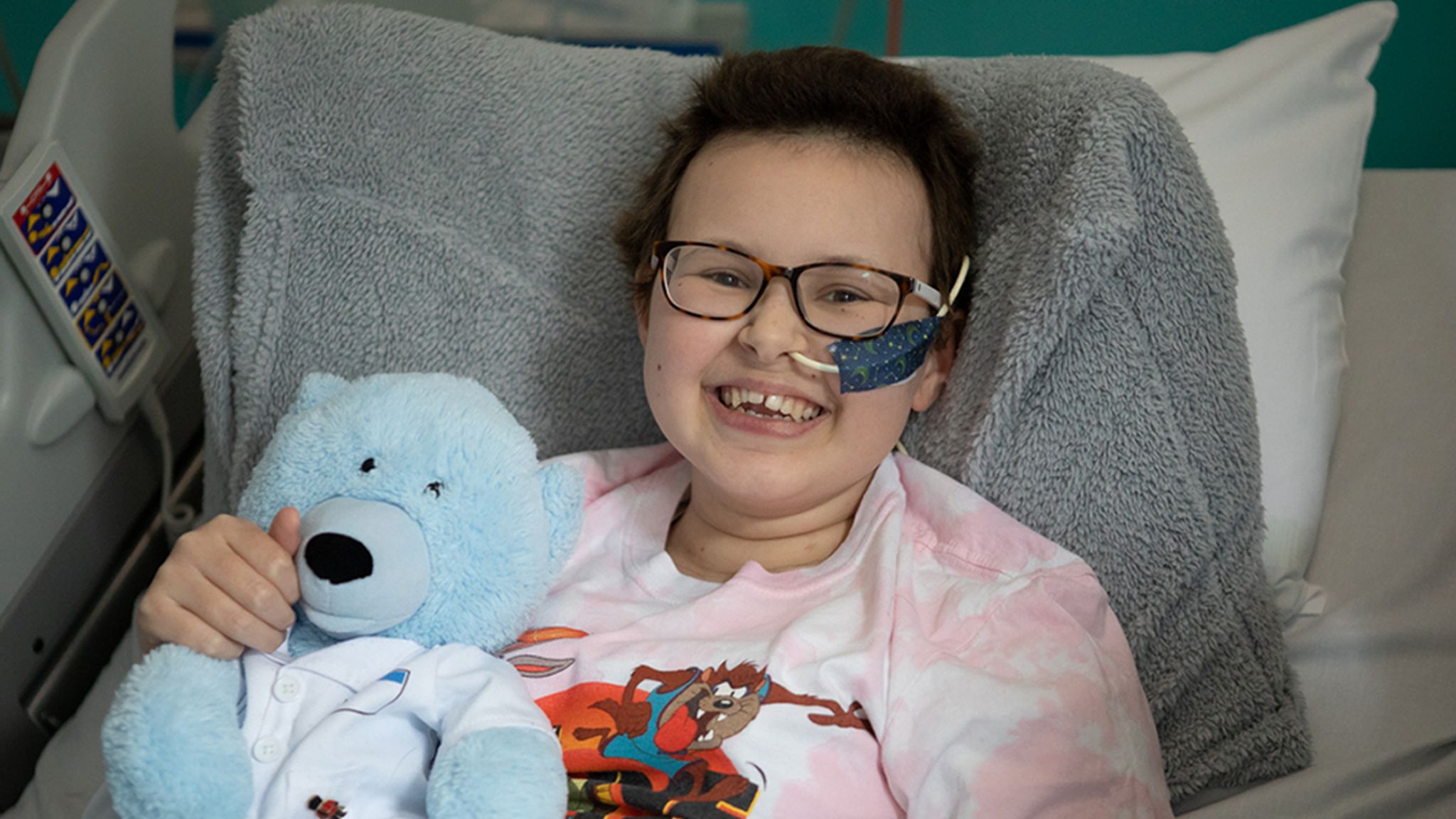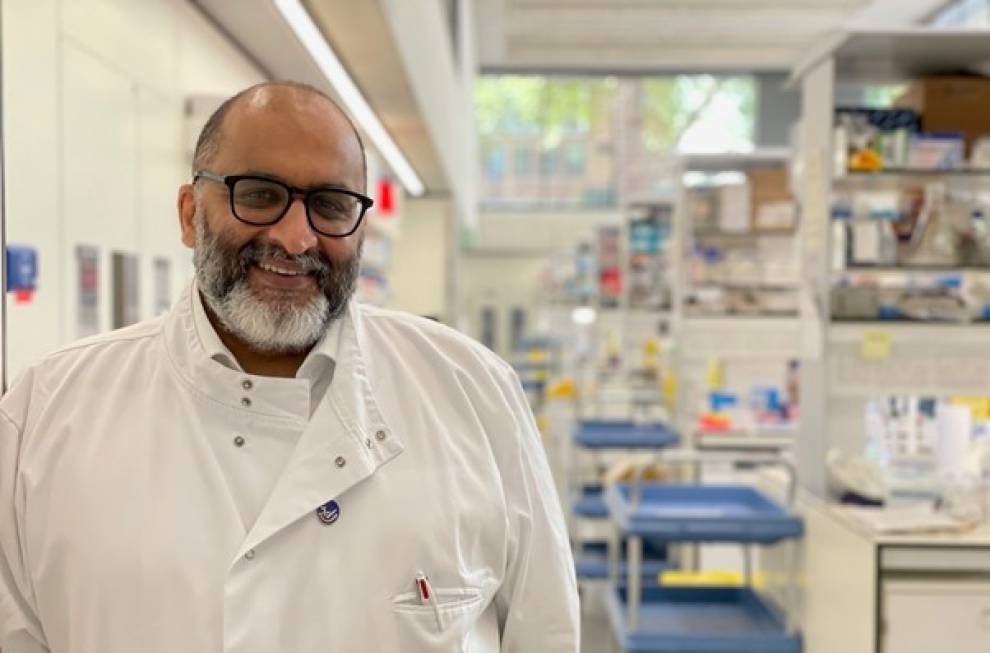
It is one of the most fascinating stories in medicine. The Spanish researcher Francis Mojica discovered by chance, in 2003, that certain microbes in some salt flats in Alicante use molecular scissors to eliminate invading viruses by chopping up their genetic material. The American chemist Jennifer Doudna and the French biochemist Emmanuelle Charpentier realized in 2012 that these microbial scissors, called CRISPR, could be used to modify DNA and ended up winning the Nobel Prize for it. In 2016, the American chemist David Liu invented the second generation of CRISPR tools, base editors, more like a pencil with an eraser, capable of erasing a single letter of DNA and replacing it with another. A year ago, Alyssa, a 13-year-old British teenager with a very aggressive leukemia, became the first person to benefit from the database editors. Today Alyssa is home, in complete remission of her cancer. The scientists involved publish this Wednesday the details of your case and those of two other young people.

